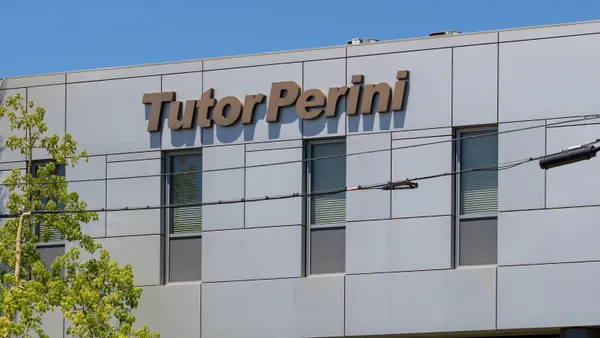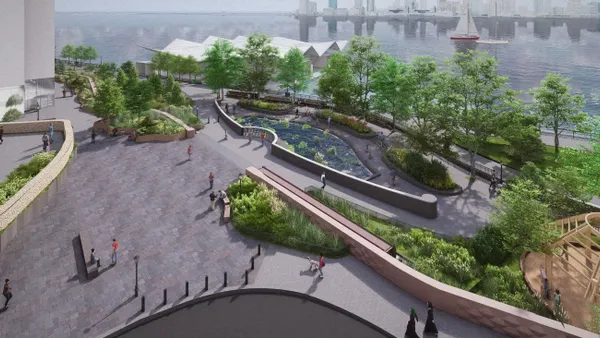Dive Brief:
- A $2.4 billion road and infrastructure repair program in New Orleans, funded by post-Hurricane Katrina Federal Emergency Management Administration settlement money in 2016, has barely moved forward, with only 20% of promised projects underway and a mere 1% of available funds spent as of May, according to The New Orleans Advocate.
- FEMA handed over the cash to the Louisiana city to fix streets and subsurface infrastructure damaged by the hurricane, a move which was supposed to take up to 10 years to complete, resulting in the repair of about 400 miles of roads. By now, 60 projects were supposed to have been underway but only 12 have been given an official notice to proceed. The new administration under Mayor LaToya Cantrell has authorized $20 million of street projects and $28 million of stormwater work.
- No city officials have been able to pinpoint why former Mayor Mitchell Landrieu did not execute the repair program as planned, but the hoops through which the city still has to jump in order to access the entire $2.4 billion might have something to do with it. FEMA requires the completion of environmental and historic reviews before they will release funds for individual projects, and each review can take up to 120 days. In addition, the streets of New Orleans were reportedly in a state of disrepair even before Katrina, so there are questions around FEMA's process in differentiating between pre- and post-hurricane damage, meaning New Orleans might not have been eligible for the entire FEMA settlement, an issue which federal and city officials are navigating.
Dive Insight:
In the wake of a natural disaster, the pressure is on FEMA to deliver monetary aid for a wide variety of recovery and repair efforts as quickly as possible, and last year's string of hurricanes, wildfires and other catastrophic events presented the agency with a major challenge in carrying out its mission of relief and assistance.
In 2017, FEMA gave support to 59 declared disasters and committed $7.2 billion in disaster assistance funds after events like Hurricanes Harvey and Irma, the spillway failure at the Oroville Dam in Oroville, California, and wildfires that ravaged the western U.S. Included in the money FEMA spent last year, according to the agency, were billions for infrastructure work, including cleanup of debris, repairing public roads and rebuilding public buildings such as schools, libraries and other public assets. In addition, the FEMA-managed National Flood Insurance Program, as of December 2017, had paid out more than $8 billion in claims.













